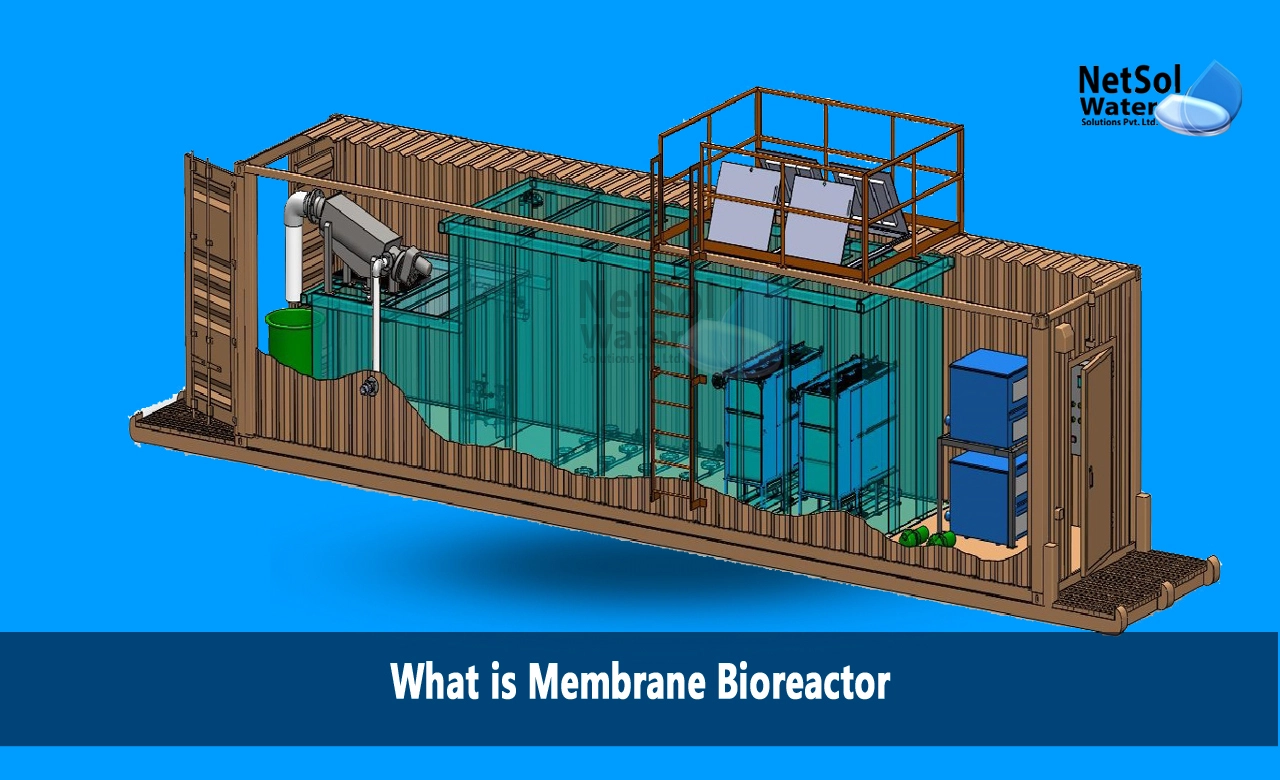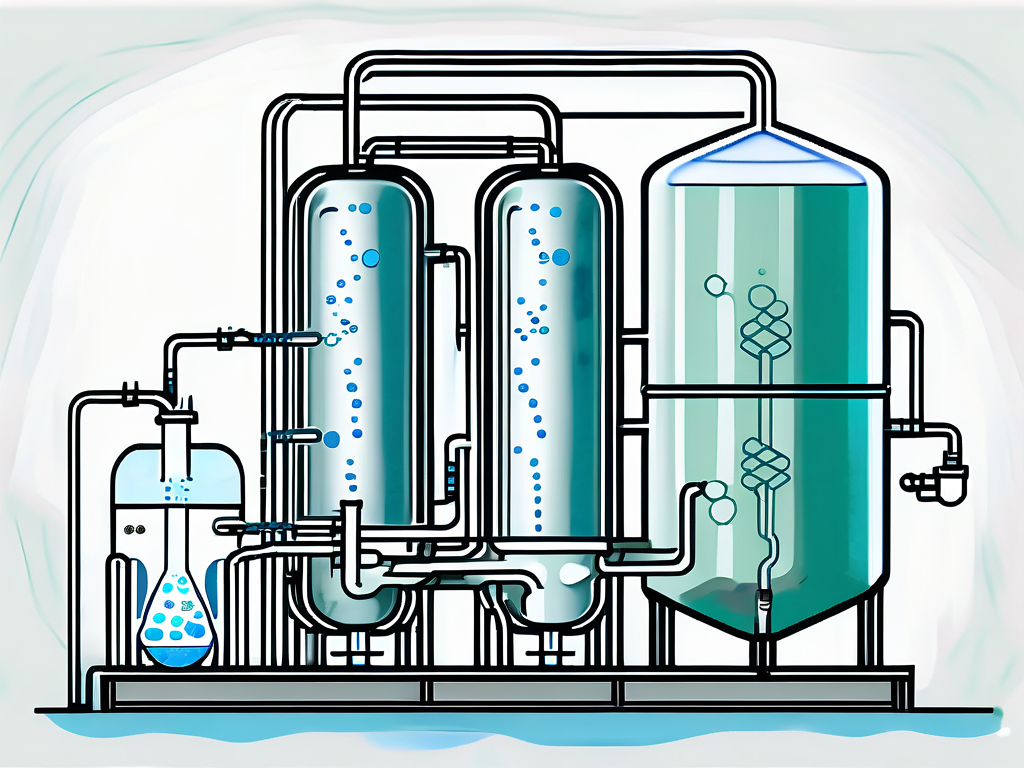The Advantages of Membrane Bioreactors in Sustainable Wastewater Management
Membrane layer bioreactors (MBRs) represent an essential innovation in lasting wastewater monitoring, effectively merging organic therapy with advanced membrane filtration innovation. As the demand for lasting solutions heightens, checking out the diverse benefits of MBRs may reveal unexpected effects for the future of wastewater therapy systems.
Review of Membrane Layer Bioreactors
Membrane bioreactors (MBRs) represent a significant advancement in wastewater treatment technology, integrating biological degradation with membrane purification to boost the effectiveness of the treatment process. This innovative system incorporates the benefits of conventional activated sludge procedures with membrane modern technology, enabling boosted solid-liquid separation. MBRs utilize semi-permeable membranes to separate cured water from biomass, leading to premium effluent that can be recycled or securely discharged right into the atmosphere.
The operational design of MBRs commonly includes a bioreactor where microorganisms break down raw material, followed by a membrane layer device that filters the combined liquor. This arrangement not just minimizes the footprint of the treatment center yet also permits for greater biomass concentrations and decreased hydraulic retention times. MBRs are capable of dealing with a broader variety of impurities, including pathogens and nutrients, making them appropriate for numerous applications, from metropolitan wastewater treatment to commercial effluent processing.
The combination of MBRs right into wastewater monitoring systems is a measure of an expanding fad in the direction of effective and sustainable methods in environmental engineering. Their ability to produce top notch effluent while minimizing space needs placements MBR modern technology as a principal in modern wastewater treatment solutions.
Enhanced Effluent Quality

The membrane purification process acts as a physical barrier, enabling the retention of microbes and particulate issue, which contributes to a more clear and cleaner effluent (Membrane Bioreactor). MBRs run at higher biomass concentrations than conventional turned on sludge systems, promoting much more efficient biodegradation of pollutants. This causes a decrease in biochemical oxygen need (FIGURE) and complete suspended solids (TSS) degrees in the last effluent
Furthermore, MBRs demonstrate exceptional efficiency in dealing with challenging wastewater structures, such as commercial effluents and wastewater with high nutrient loads. Because of this, the effluent produced is often of better, enabling even more versatile disposal options and decreased ecological effect. Inevitably, the improved effluent top quality accomplished through MBR innovation highlights its vital role beforehand sustainable wastewater monitoring techniques.
Water Reuse Opportunities
The high-grade effluent generated by membrane layer bioreactors (MBRs) opens up significant chances for water reuse in different applications. MBRs properly eliminate impurities, consisting of microorganisms, suspended solids, and raw material, resulting in cured water that satisfies or goes beyond governing requirements for Resources reuse. This quality enables the application of water reusing campaigns across varied markets.
One popular application is in agriculture, where treated wastewater can be used for watering, promoting sustainable farming methods while preserving fresh water resources. Additionally, MBR-treated effluent can be made use of for commercial procedures such as air conditioning, cleansing, and as a process water source, dramatically minimizing the demand for potable water in these operations.
In city settings, MBRs help with using reclaimed water for landscape watering, toilet flushing, and various other non-potable uses, adding to the overall durability of water supply systems. Furthermore, the integration of MBR innovation in decentralized systems help in handling local water needs, particularly in water-scarce regions.
Reduced Environmental Influence
How can the fostering of membrane layer bioreactors (MBRs) contribute to a lowered ecological influence in wastewater administration? MBRs substantially improve the therapy efficiency of wastewater while minimizing environmental disturbances. Membrane Bioreactor.
In addition, MBRs operate at lower hydraulic retention times compared to traditional systems, causing smaller therapy plant footprints. This small design lowers land use, thereby preserving natural environments and biodiversity. The process additionally creates find this less sludge than typical methods, alleviating disposal difficulties and lowering greenhouse gas emissions related to sludge monitoring.
Furthermore, MBRs assist in the recovery of beneficial sources, such as water and nutrients, adding to a round economy. By enabling water reuse for irrigation or commercial procedures, MBRs help minimize freshwater shortage, thus advertising sustainable water use techniques. Ultimately, the fostering of MBR modern technology represents a significant stride towards decreasing the ecological impact of wastewater management systems.
Financial Benefits of MBRs

Furthermore, MBRs assist in the production of high-quality effluent, which can be recycled for numerous applications, such as agricultural watering and commercial processes - Membrane Bioreactor. This reuse capacity can dramatically lower water purchase expenses, providing a financial reward for markets encountering rigid water regulations
The compact design of MBR systems likewise results in lowered land demands, which is specifically beneficial in metropolitan locations where genuine estate is pricey. By reducing room, towns and sectors can minimize land purchase and maintenance costs.
Furthermore, MBRs commonly require much less regular maintenance and have a longer lifespan than typical systems, better adding to cost financial savings. In recap, the economic benefits of MBRs-- ranging from lowered operational costs to land financial savings and effluent reuse-- make them an engaging selection for lasting wastewater management, using both long-term and immediate financial advantages.
Conclusion
Membrane bioreactors stand for a transformative approach to sustainable wastewater monitoring, combining organic treatment with sophisticated membrane purification for remarkable effluent quality. Their capability for reliable pollutant elimination promotes water reuse, thereby preserving crucial freshwater resources. In addition, MBRs contribute to decreased ecological impacts via small layouts and lower sludge generation. Economic benefits better enhance their viability, making MBRs an appealing service for addressing the obstacles of wastewater treatment and advertising lasting source management.
Membrane layer bioreactors (MBRs) stand for a pivotal improvement in lasting wastewater administration, successfully merging organic therapy with innovative membrane filtering innovation.Membrane bioreactors (MBRs) represent a considerable development in wastewater treatment modern technology, incorporating biological degradation with membrane layer filtering to improve the efficiency of the therapy procedure.Achieving enhanced effluent quality is one of the most significant benefits of utilizing membrane bioreactors (MBRs) in wastewater treatment.In addition, MBRs demonstrate outstanding performance in dealing with difficult wastewater structures, such as commercial effluents and wastewater with high nutrient loads.Incorporating membrane bioreactors (MBRs) into wastewater administration not only minimizes environmental effect but additionally offers considerable economic advantages.